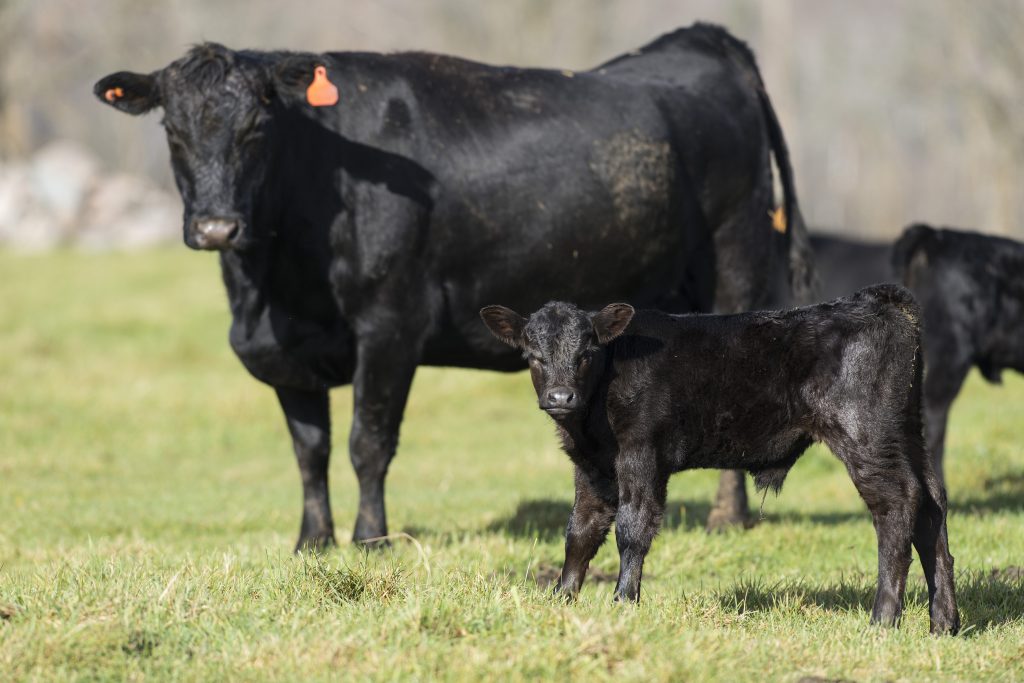
Mark Johnson, Oklahoma State University Extension Beef Cattle Breeding Specialist, offers herd health advice as part of the weekly series known as the “Cow Calf Corner,” published electronically by Dr. Peel, Mark Johnson, and Paul Beck. Today, Johnson talks about gene editing technology.
Clustered Regularly Interspaced Short Palindromic Repeats (CRISPR) is a powerful tool for editing genomes. It allows researchers to easily alter DNA sequences and modify gene function. These “intended alterations” accomplished through editing are another potential tool in the tool box of cattle breeders. This technology is primarily useful for simply inherited traits (influenced at one locus of the genome).
CRISPR technology has many potential applications that facilitate sustainability, animal welfare and efficiency. These include:
– The opportunity to repair deleterious genetic conditions
– The opportunity to introduce naturally occurring useful alleles into breed germplasm. Specifically, to potentially bring a useful gene from one breed to another breed.
– Introduce traits that change sex ratio of heifers versus bulls.
– Enable breeding schemes to accelerate genetic progress
– Gene edits for disease resistance
As of now, the successful gene edits accomplished in cattle include:
– The first gene edited beef calf with reduced susceptibility to a major viral pathogen, Bovine Viral Diarrhea Virus (BVDV)
– Knock out of the Myostatin gene to increase lean muscle yield
– Intraspecies Polled allele substitution
– Intraspecies Slick hair allele and gene for diluted coat color to improve heat tolerance
The use of this technology in the United States beef industry likely hinges on the regulatory framework imposed. On a global basis, this varies dramatically from country to country. The future of genome editing will likely be governed by the development of a fit-for-purpose, risk-based regulatory framework that fosters innovation, supports trade, creates profit potential and promotes public acceptance.
Reference: Blueprint For The Future – Part 2 Cattle Conference. The Evolution of Technology, Successful Gene Edits, How It Works and the Approval Process Panel Discussion. May, 2024


















